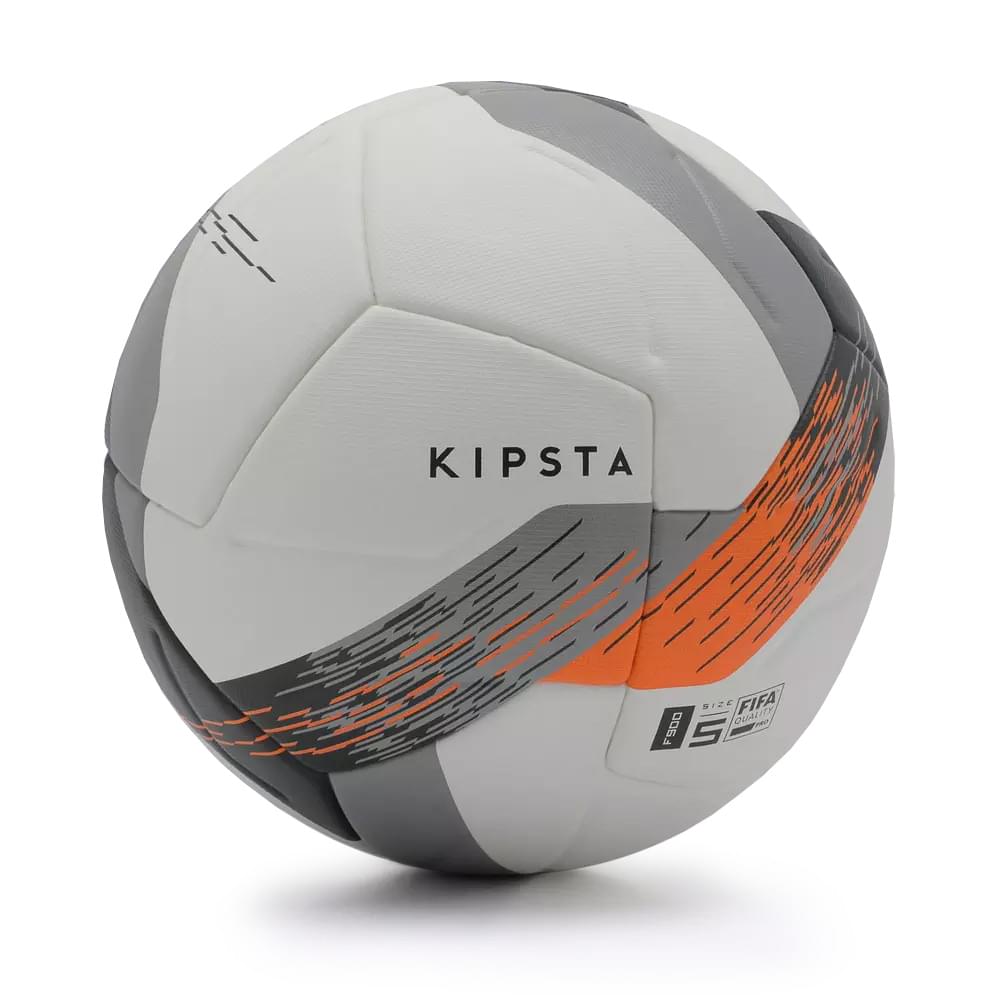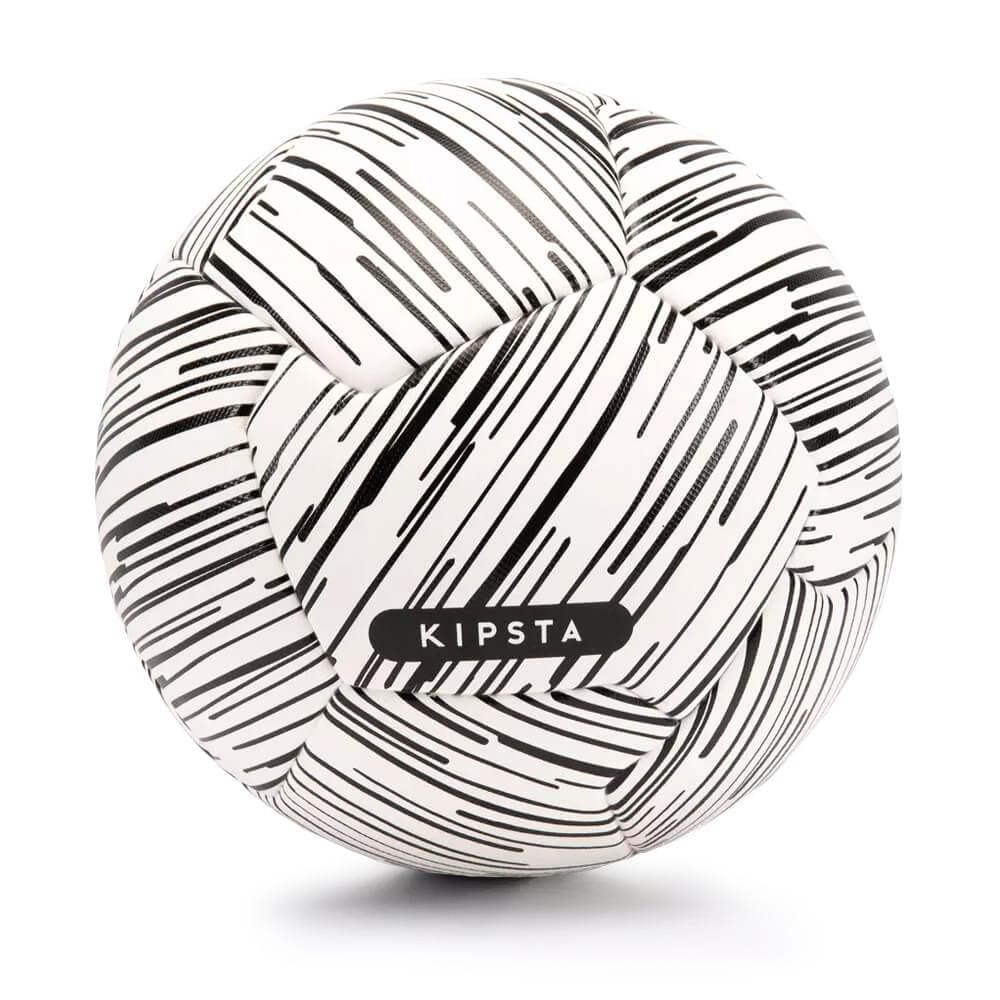F900 Ball

We have developed a football that meets the strictest requirements and is FIFA Quality Pro-approved.
This ball is unlike the others in the Kipsta collection for two reasons:
- its stable trajectory (we wanted to design a ball that was very reliable and does not move around in the air);
- its feel, because it's essential to enjoy the game and perform at the same time.
These two criteria influenced our choices in terms of manufacturing process, materials, and the internal and external composition of the ball, such as the bladder and the number of panels.


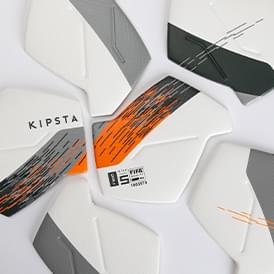



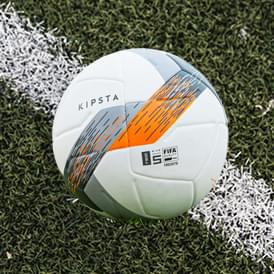

An "exclusive"
Kipsta design
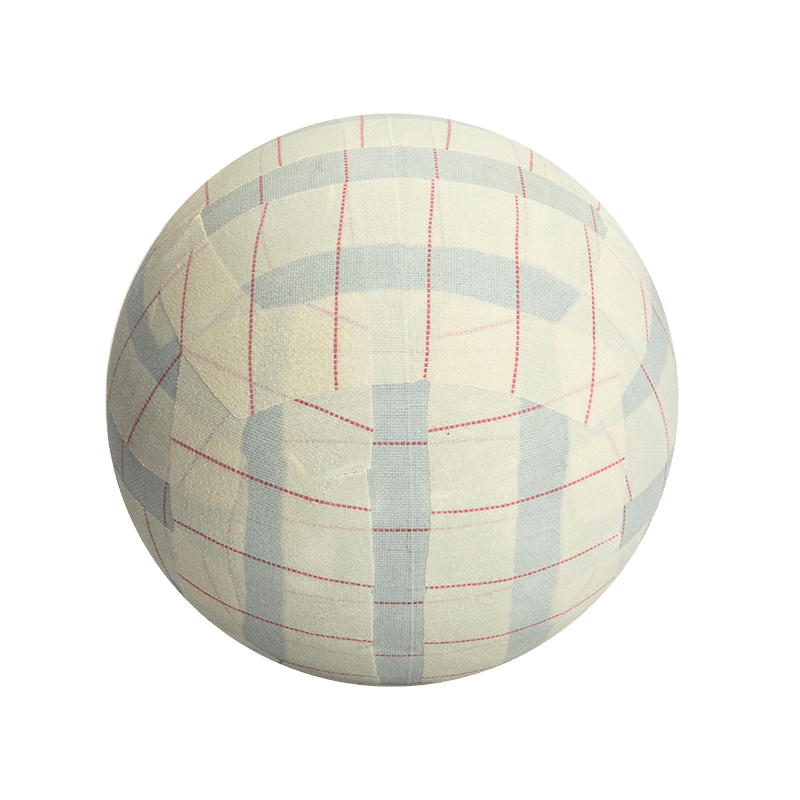
Stable trajectory
a ball has to be perfectly spherical to guarantee stable flight through the air.
That's why we have gone with a laminated bladder for this FIFA QUALITY PRO-approved football, with strips of fabric affixed to a butyl/latex bladder.

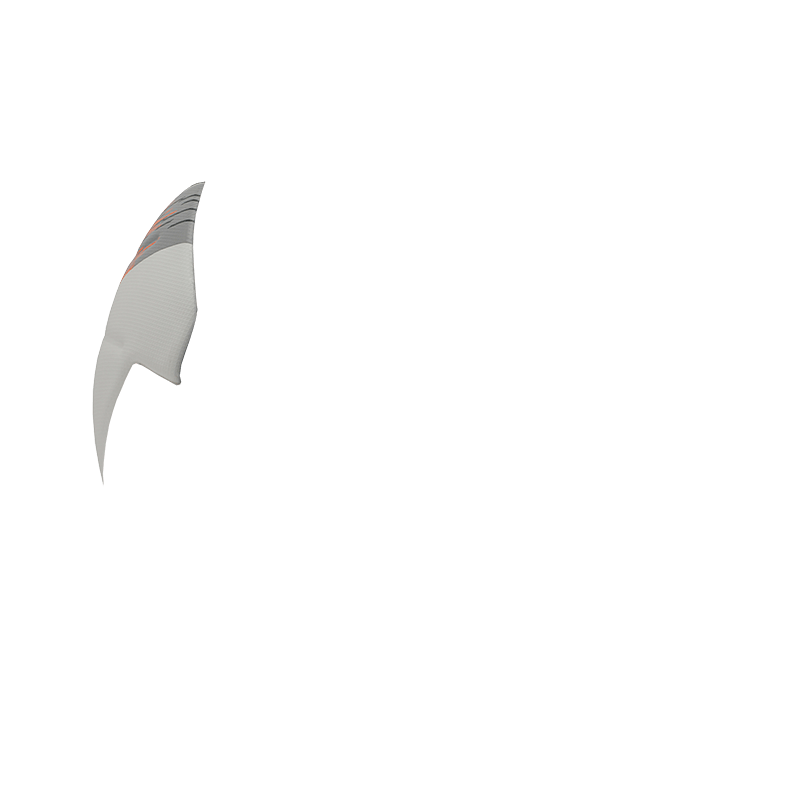

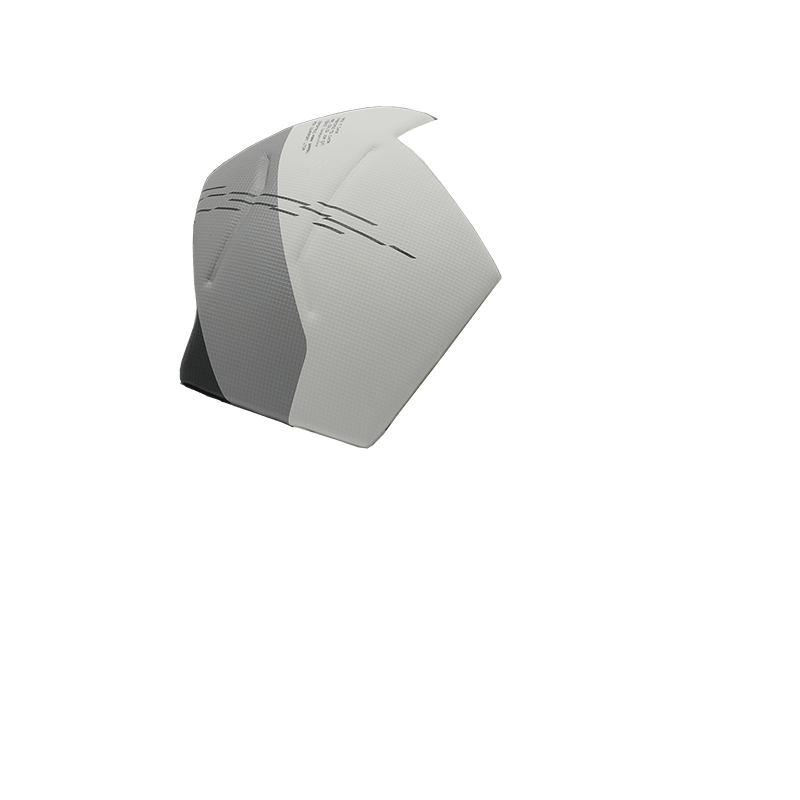


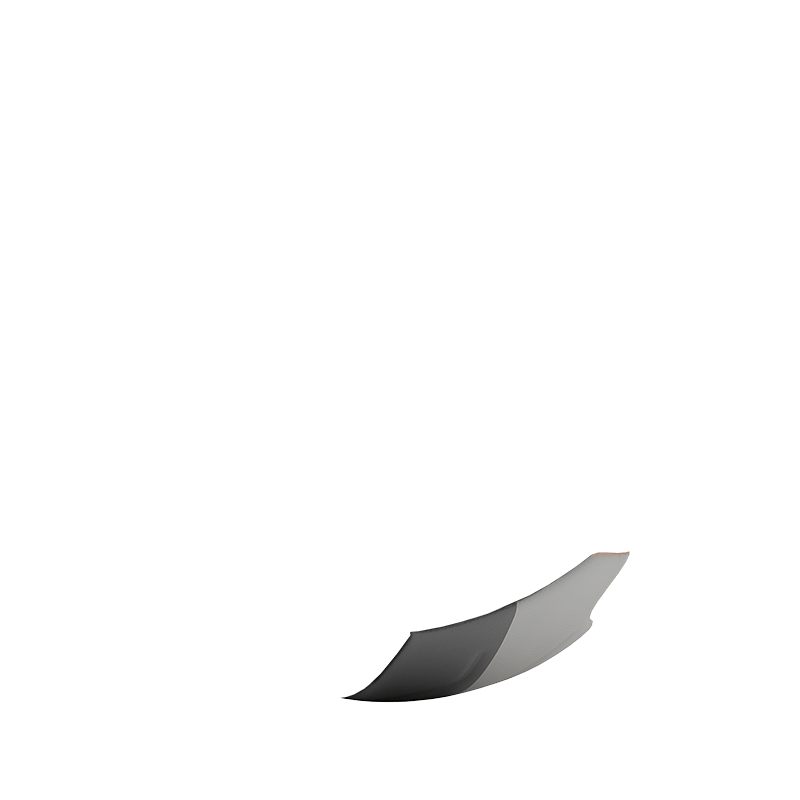
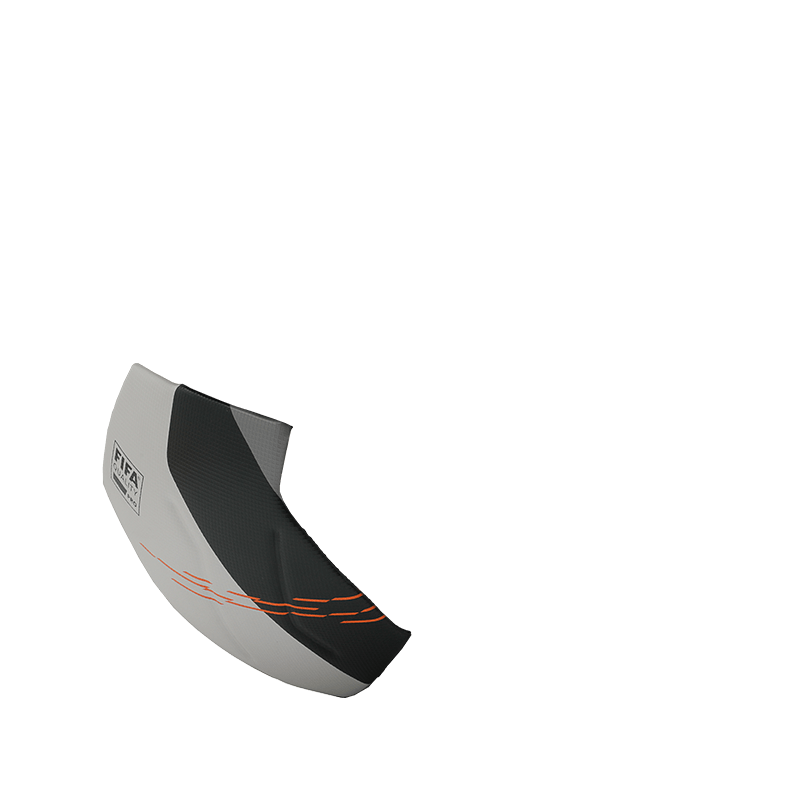
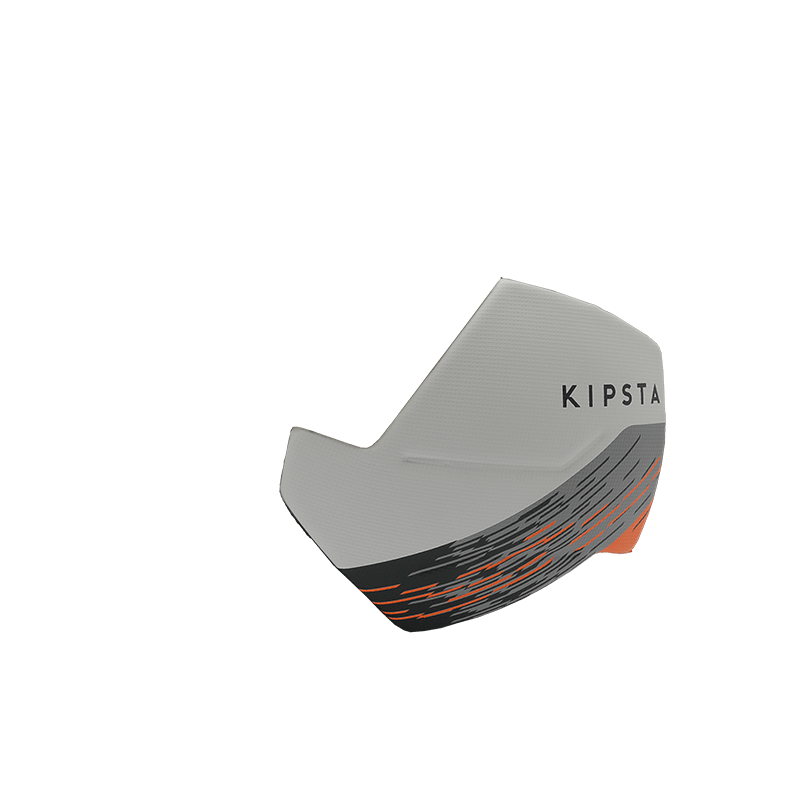

Controlled flight
striving for more, our designers have come up with a 12-panel thermobonded (seamless) construction featuring small grooves for even greater accuracy when shooting from a distance and playing long balls.
This technology also makes the ball even more waterproof in the rain.










“Exclusive” feel and touch
When it comes to feel and touch, it's all about that point of contact between ball and boot when you bring it under control, play a pass or shoot on goal. The conditions are also a factor, whether the pitch is dry or wet.
Our teams have thus chosen to use a textured component to ensure better feel and touch (without making it stick to your boot) and give you the best possible ball control.
This exclusive Kipsta ball design is sure to enhance your game.
FIFA Quality Pro
testing

The F900 has passed a number of laboratory tests to meet the stringent standards expected of a match ball. You'll find details on all the tests below.
The ball underwent six tests to obtain FIFA Quality Pro approval and four additional Decathlon tests at our ball lab:





